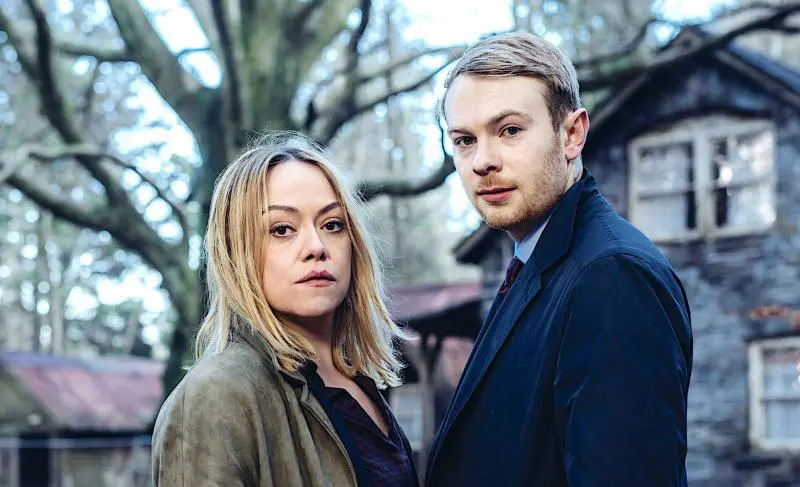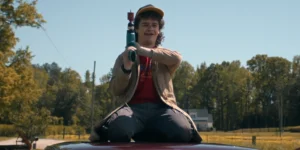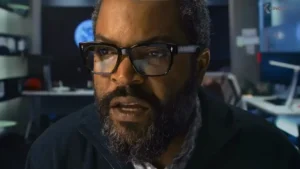Summary
Hidden is a slow-burning eight-part police procedural series set in North Wales, about the abduction of young women and other family bonds. Absolutely gripping.
You might think there have been more than enough films and TV shows about abduction or the murder of women, but BBC Wales’ Hidden demonstrates that there is certainly a good way to tell such a story: with insight, patience and a great deal of care.
The body of a young woman is discovered in a Snowdonia river, apparently having died just a few days earlier, showing signs of undernourishment. She is identified as someone previously assumed to have been killed several years earlier, which leads to an abduction investigation. During the course of this investigation, the kidnapper becomes active again.
Hidden was created by Mark Andrew and Ed Talfan, who – with others – were also responsible for Hinterland, BBC’s first series filmed and broadcast in both Welsh and English. Although the overall quality is similar to Hinterland, there are some key differences: Hinterland is set near Aberystwyth, and Hidden farther north; Hinterland has a separate mystery in each episode, and Hidden one single story across all its eight hour-long episodes. Most importantly, though, Hinterland has a fairly traditional format of following the police investigations, with viewers finding out whodunnit along with the investigator; while Hidden takes the viewers on parallel plot strands, following police, victims, kidnappers and other angles too, without any rush to bring them together. The viewer, therefore, knows who the police should be looking for, from very early in the series; they just don’t know the extent of the crime, the reasons for it, whether he will be caught, or indeed caught in good time.
I just realised Hidden sounds more like Silence of the Lambs, now that I’ve put it like that: do excuse me. Other commentators have likened it to The Bridge and other “Scandi-noir” shows, partly because of the fabulous rural landscapes, the gritty plots and down-to-Earth characters. In my opinion, though, the crimes in The Bridge are much more far-fetched, and the main characters all have prominent personal issues: Hidden is made up of people who are thoroughly ordinary, and they are what make it so compelling.
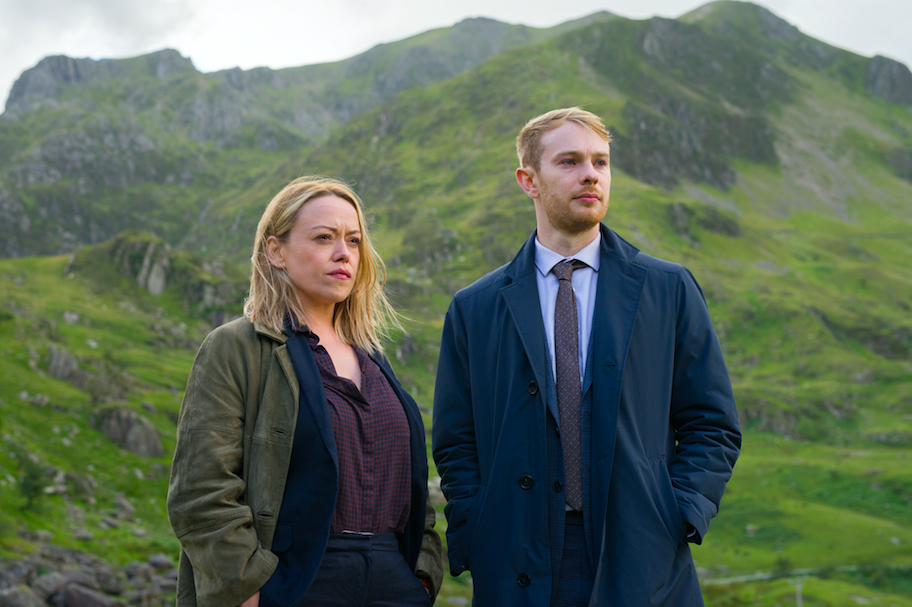 Sian Reese-Williams plays the officer in charge, Detective Inspector Cadi John, and Sion Alun Davies her partner, Detective Sergeant Owen Vaughan. They are both utterly believable as characters and as detectives: intelligent, diligent and human; the type of people I might bump into in the queue at the bank, and also the type of people I would like to investigate if I were to be kidnapped. They have little mundane hang-ups, but nothing that causes one character’s issues to overshadow everyone else’s. The other main characters Dylan Harris (Rhodri Meilir) and Megan Ruddock (Gwyneth Keyworth) are just as ordinary – almost nondescript – which makes them so believable in the parts they play. Anybody can be a kidnapper; anybody can be a victim; anybody can go unnoticed.
Sian Reese-Williams plays the officer in charge, Detective Inspector Cadi John, and Sion Alun Davies her partner, Detective Sergeant Owen Vaughan. They are both utterly believable as characters and as detectives: intelligent, diligent and human; the type of people I might bump into in the queue at the bank, and also the type of people I would like to investigate if I were to be kidnapped. They have little mundane hang-ups, but nothing that causes one character’s issues to overshadow everyone else’s. The other main characters Dylan Harris (Rhodri Meilir) and Megan Ruddock (Gwyneth Keyworth) are just as ordinary – almost nondescript – which makes them so believable in the parts they play. Anybody can be a kidnapper; anybody can be a victim; anybody can go unnoticed.
Part of what made the quality of this show stand out to me was the cinematography. Most of the time, the camera follows the people into their action or conversations, of course; but the scenes where it simply roams around the interior of Dylan’s home, for example, settling on the interesting-looking door, or the dinner table setting, bring a true feeling of getting to know the way these people feel and fit in their environments. Of course, there are also the lovely aerial views of coastal roads and causeways; but there are also views from a little below into a dingy enclosed car park. The point is there is nothing formulaic about Stuart Biddlecombe’s cinematography: it is a pleasure to watch and very carefully applied. The same can be said for the music and other elements of the production, but the visual impact is what will stay with me the most.
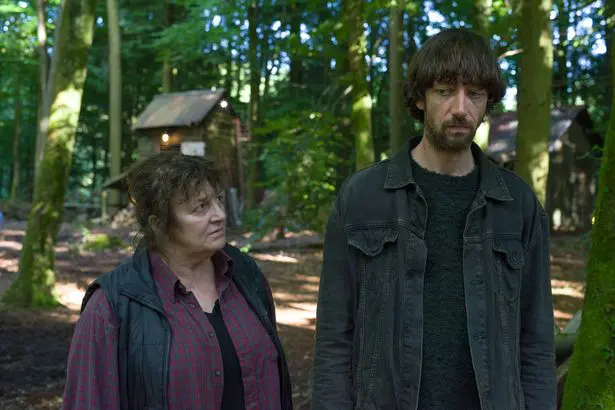 If there is any theme to be identified in Hidden it is the family: there are so many relationships that are explored (some gently, some with a deep probe) throughout the show. Dylan and his mother (above), for example; a nature versus nurture battle, if ever I saw one. Also, DCI John’s relationship with her sisters and her father, a retired detective himself; and DS Vaughan’s relationship with his wife and colleagues. Then, of course, there are the families of the abduction victims, past and present. They are all visited in a natural way that comfortably fits within the story: there is nothing contrived here, as it was in BBC’s Collateral.
If there is any theme to be identified in Hidden it is the family: there are so many relationships that are explored (some gently, some with a deep probe) throughout the show. Dylan and his mother (above), for example; a nature versus nurture battle, if ever I saw one. Also, DCI John’s relationship with her sisters and her father, a retired detective himself; and DS Vaughan’s relationship with his wife and colleagues. Then, of course, there are the families of the abduction victims, past and present. They are all visited in a natural way that comfortably fits within the story: there is nothing contrived here, as it was in BBC’s Collateral.
So yes there are comparisons to be had here, but they all show Hidden favourably. The slow, studied pace reminded me of True Detective here and there (or Sharp Objects, without the flashbacks), and some viewers have complained that it is so slow as to be boring: but in my opinion, this reflected real life beautifully, especially rural and small-town life. The use of both languages achieved that, too: some people spoke exclusively Welsh, while others spoke a blend of English and Welsh and others English only… just as you would find if you lived in North Wales. (This does lead me to the only real flaw that I’m aware of in the series: some of the Welsh-spoken accents did not fit with the characters’ locations. But I would not have known this, as a non-Welsh speaker, and I trust that the BBC will learn from the feedback their Welsh viewers have provided.)
Naturally, I would prefer a world in which there were more female detectives than victims. But as long as such crimes continue, I hope they go on being dramatised with intelligence and compassion as shown in Hidden.

